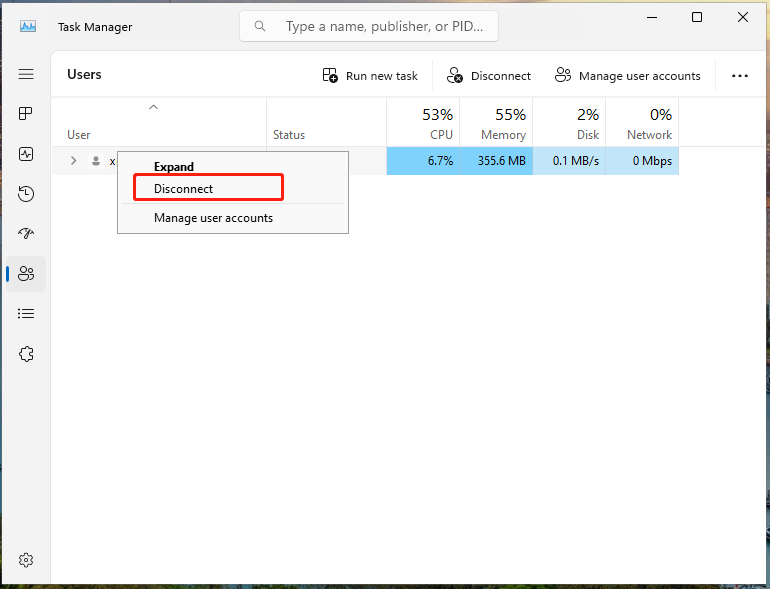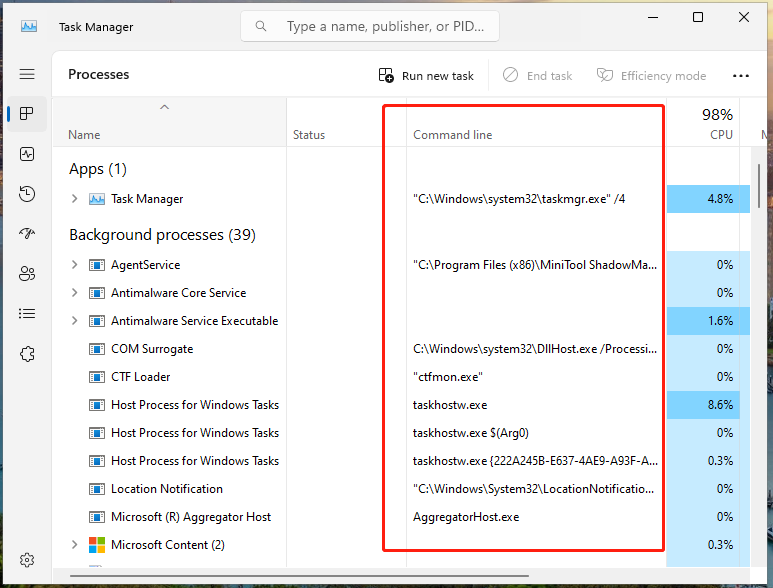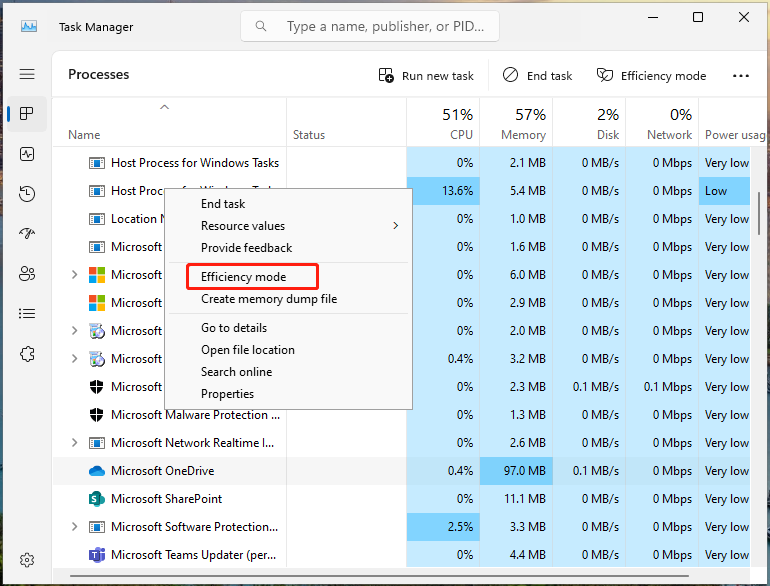Overview of Task Manager
The Windows Task Manager is a powerful tool that provides you with a glimpse into the inner working of your computer. You may already be familiar with its bare essentials for daily use, like checking how your CPU or RAM is doing, identifying what’s eating up your system resource, changing startup programs, and so forth.
As a matter of fact, Task Manager can do much more. Here we are going to share a collection of lesser-known tricks that’ll help you well manage Task Manager and solve some frustrating performance problems. Let’s see how to make the most of Task Manager.
How to Use Task Manager
Tip 1: Force Termination of Crashed Programs
If you come across crashed or frozen programs, you can always force stop the process to resolve.
To end a crashing program, go to the Processes tab > look for the app you want to close > right-click on it > select End task.
If that doesn’t work, switch to the Details tab in the left-hand panel > locate the app you want to close > right click on it > choose End process tree. This should make a force termination of the app and all related processes.
Tip 2: Log off Other Users from Your Account
How to sign out someone who you share the computer with? Actually, Task Manager comes a way that you are allowed to do it without accessing one’s account.
To sign someone off your computer, go to the Users tab > right click on the user > select the Disconnect option.

Tip 3: Create Memory Dump
A memory dump is a snapshot of a system memory at a specific moment. It can be valuable in troubleshooting crashes, errors with apps, or general performance issues. In other words, you can utilize Task Manager to create memory dumps for diagnosing software problems.
To create a memory dump file, navigate to the Processes section > right-click on the problematic process > select Create memory dump file.
You will get the location of the .dmp file. Although this feature is amazing, analyzing the file requires specialized tools and knowledge.
Tip 4: Access Command Line
If you want to check the command of some process for some reason, the Processes tab can access command line quickly, which also comes in handy when troubleshooting problems.
To do that, right-click on the header of the Processes column > choose Command line > then you can see a new interface displaying the command of each process that was used to run the process.

Tip 5: Enable Efficiency Mode
On Windows 11, efficiency mode is a feature designed to optimize system performance and energy efficiency. It prioritizes foreground applications and reduces the resource consumption of background processes. It also helps to save system resources such as processors and memory, thereby enhancing performance and extending battery life, especially on devices with limited resources.
To enable Efficiency Mode, go to the Processes tab > right-click on the specific process > choose Efficiency mode from the context menu > hit OK.

Tip 6: Customize Columns
By default, Task Manager show specific sets of information in the Processes, Details, and Startup tabs, such as CPU, Memory, Disk, and Network in Processes. However, few users would know that they can change these columns and add the information they need or remove irrelevant ones.
To customize columns in the Processes tab, right click on any column header > select or deselect the information you want to display. So does other columns.
MiniTool ShadowMaker TrialClick to Download100%Clean & Safe
Bottom Line
How to make the most of Task Manager? We share a list of lesser-known tricks and tips of Task Manager in this post. Hope it can help you optimize your PC performance.
![[Solved] Dump File Creation Failed During Dump Creation](https://images.minitool.com/minitool.com/images/uploads/2022/10/dump-file-creation-failed-due-to-error-during-dump-creation-thumbnail.png)
User Comments :